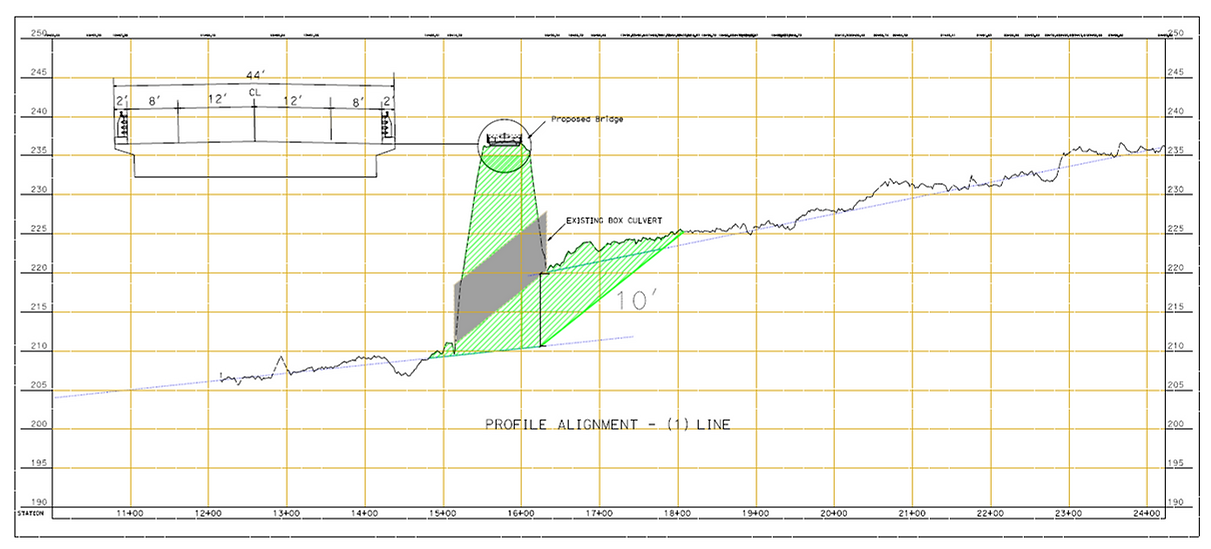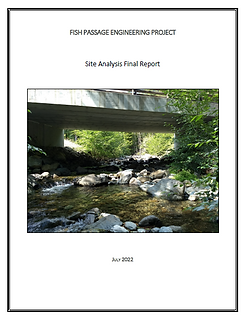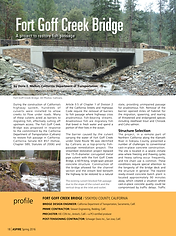Engineering
HUMBOLDT CALPOLY FISH PASSAGE ENGINEERING PROJECT SITE ANALYSIS FINAL REPORT
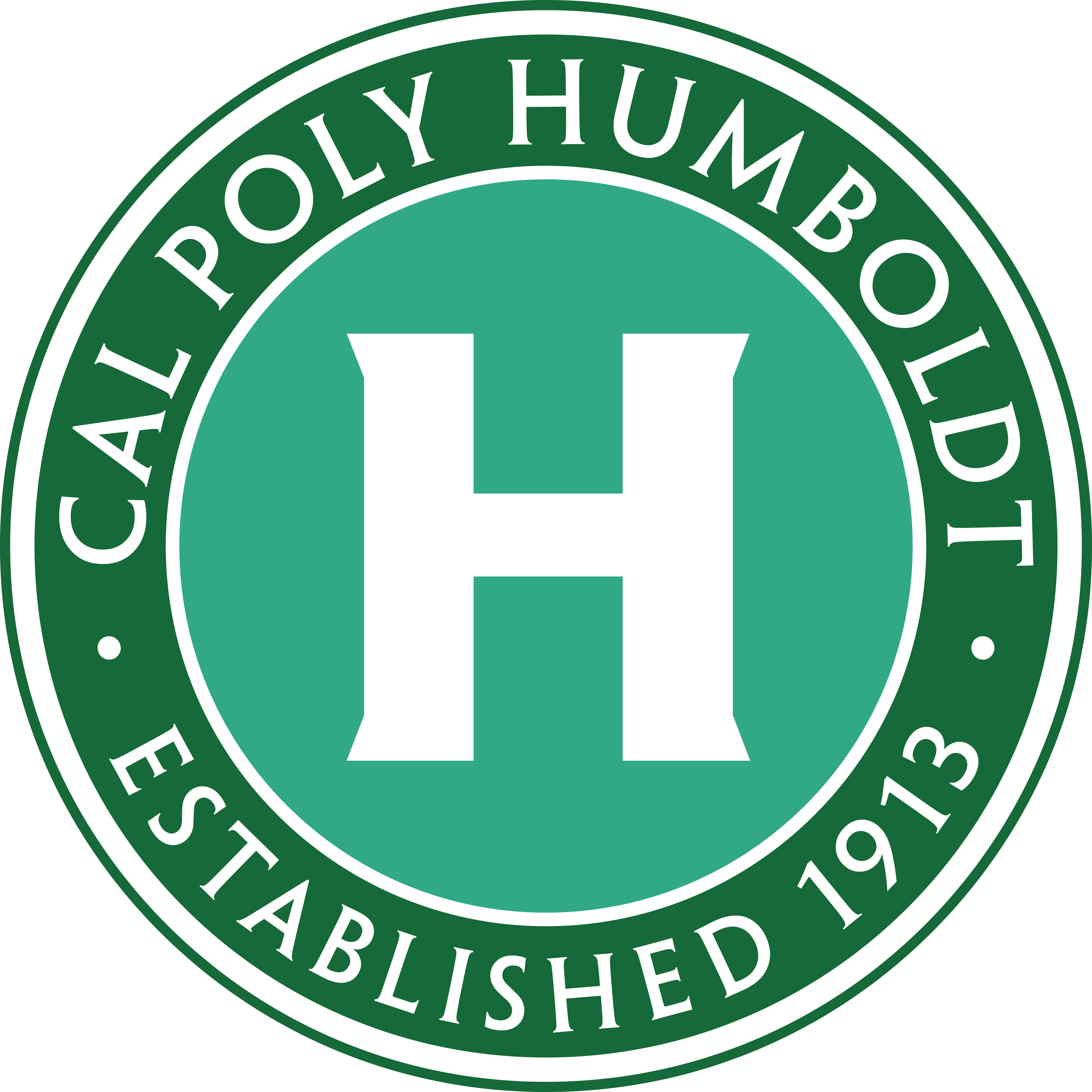
In 2019, Caltrans Division of Research Innovation and Systems Information (DRISI) initiated the Fish Passage Engineering Project with the objective of evaluating the implementation of recent full-span and long-term partial/hydraulic fish passage barrier remediations on the State Highway System (SHS) at road/stream crossings.
Crossings that span the bank full channel width were of primary interest due to Caltrans’ Fish Passage Priority Program and FishPAC goals of maintaining geomorphic continuity, providing connectivity for both fish and terrestrial wildlife.
Engineering Fact Sheets
Stream Passage Solution Priorities





When evaluating a potential road/stream crossing and potential design solutions that prioritizes fish passage as well as connectivity for aquatic and terrestrial species, the following alternatives and types of design solutions should be considered. The priority order of solutions considered results in the maximum benefits to fish and other aquatic species, as well as terrestrial species, and allow for reduced long-term maintenance time and costs. Enhancing fish and wildlife connectivity increases species resilience to the effects of climate change stressors, such as increased stream temperatures, drought, and wildfire.
Options in Priority Order
Full-Span Bridge
Span the historically active floodplain to minimize interference between infrastructure and channel processes and optimize both aquatic and terrestrial species connectivity and restore ecosystem and natural sediment transport function.
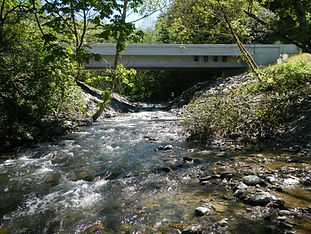
Stream Simulation Design (SSD)
Construct the following using approved SSD methodologies (in order of preference):
- Bridge – Clear span
- Bridge – With minimal, round piers
- Culvert
- Bottomless
- Sufficiently embedded
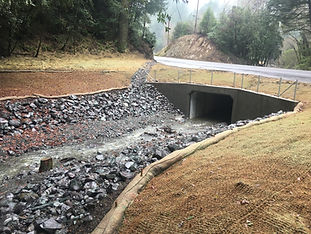
As a Last Resort: Hydraulic Design
Hydraulic design styles include backwatered, embedded, and non-embedded culverts and culverts designed with a fishway or baffles.
Note: This solution needs sufficient planning/funding for annual, long-term monitoring and maintenance, for the life of the project.
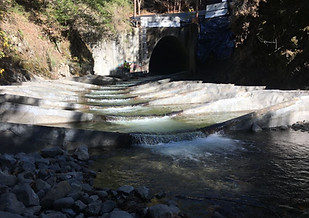
Full Channel Width Fish Passage Solutions
Upstream and downstream of barrier outside of any resulting facility scour, take two measurements of established channel widths.
For example:
- Upstream: 22 feet and 19 feet
- Downstream: 24 feet and 23 feet
- The average of the widths is 22 feet
- 1.5 (22) + 5 = 38 feet
- A full-span solution would be 38 feet or greater. Anything less is an SSD or partial, hydraulic solution
